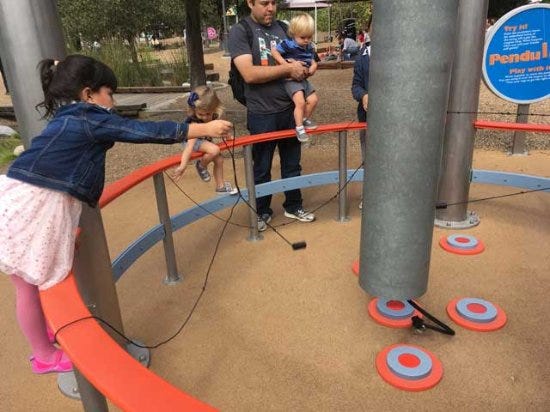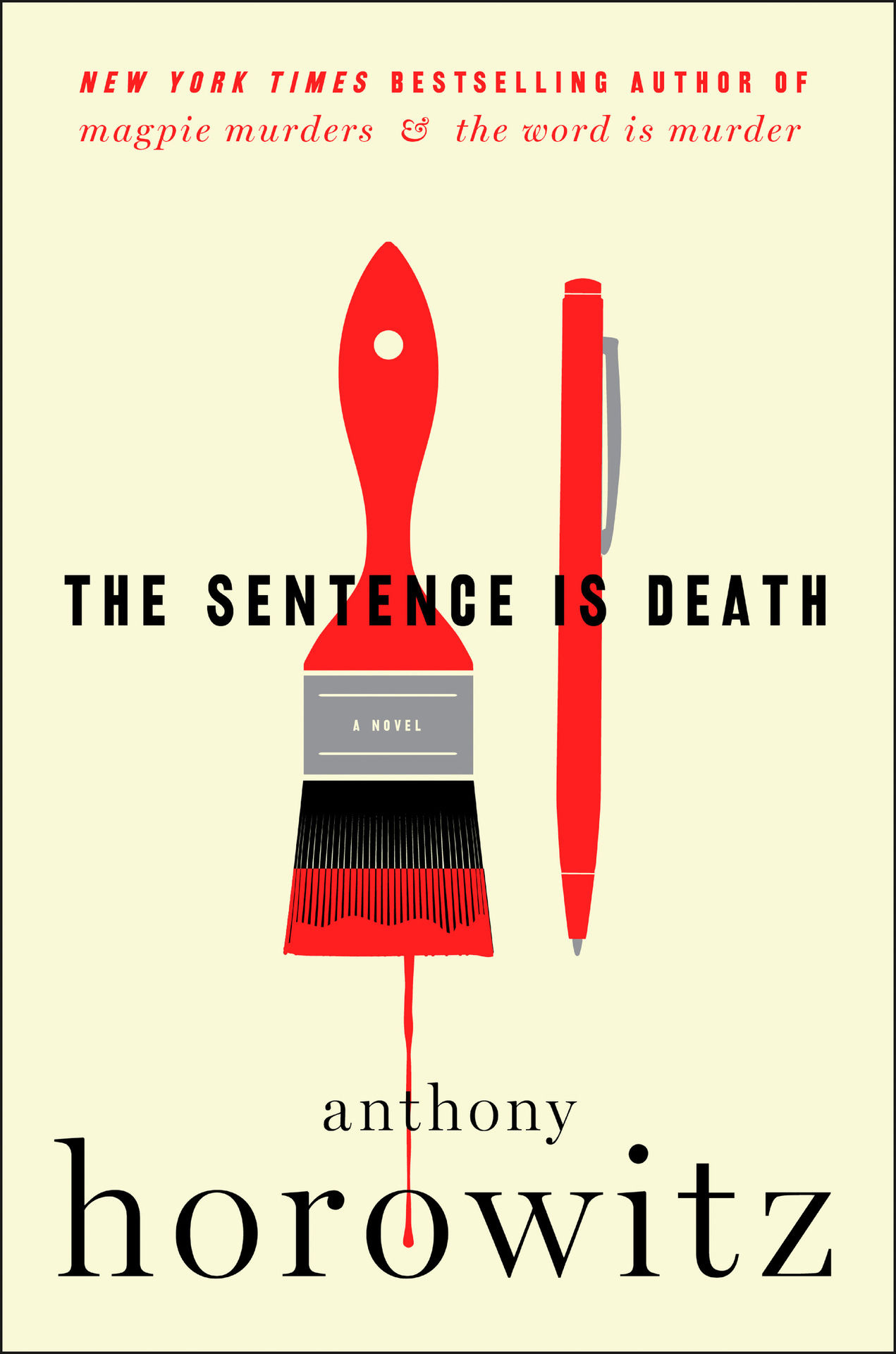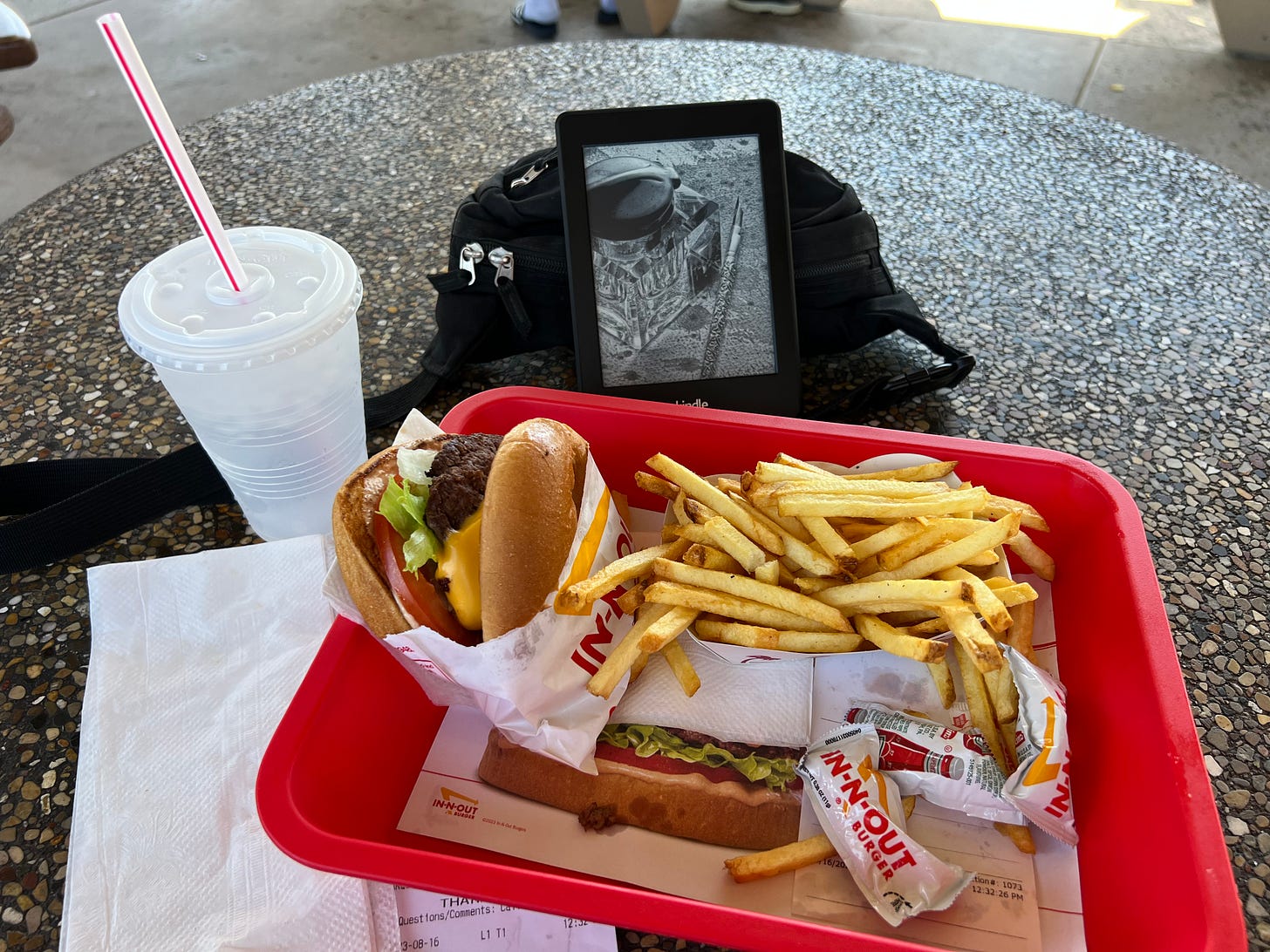The Audience Onion
Effective communication starts with understanding that your audience has layers
Everyone says that one of the most essential rules of communication is to “know your audience.” All well and good. I agree that knowing your audience is a critical part of getting your point across and engaging your listener to help them to track your train of thought.
But how do you actually know your audience and then what do you do with that information?
Today I want to talk about one of my favorite mental models for communication: The Audience Onion. I use this metaphor all the time with my students at Harvey Mudd to help them to visualize effective communication of their technical knowledge, but I think it applies to communication more broadly. The model is valuable for two main reasons:
Categorizing the different segments of your audience
Designing and pacing your argument to bring your audience along with your thought process without boring them or leaving them in the dust.
Your audience is like an onion. It has layers.
The Core: You
Like an onion, your audience has layers. You are at the center of the onion, surrounded by layers that grow increasingly distant from you and your expertise, as the figure below illustrates.
What are the layers and who do they represent?
Layer 1: Close Peers
The layer nearest you at the center of the onion represents the people you work closest with. These are people at work on your immediate team. If you’re in academia, these are the members of your research group. Even if they aren’t up to speed on all the nitty-gritty details of your work, they are fluent in the big-picture story and many of the details. They also have the background knowledge that allows them to fluently converse in the technical jargon of your field.
Layer 2: Colleagues
One more layer removed are the folks that have a general awareness of your work but are working in a slightly different area. These might be co-workers at your company who work in a different department. In an academic research setting, this layer would represent folks in your general field who may not be working within your specific subarea. They have a good handle on the basics but are less familiar with the particular jargon, technical concepts, or cutting-edge work in your field.
Layers 3+: Less relevant background and expertise
As you continue to travel further and further from the center of the onion, you reach segments of your audience with decreasing levels of familiarity with your work. These layers might represent people from different educational backgrounds or different ages (e.g., college-educated in a STEM field, college-educated but not in a STEM field, high school graduate, etc.).
The specific layers of your onion will vary based on the field and venue where you are sharing your work, but the main point remains: categorize members of your audience based on their familiarity with your work or relevant background knowledge.
Why the Audience Onion Matters
Understanding your audience in this way serves two main purposes:
It makes explicit that segments of your audience have different levels of familiarity and comfort with the content you are sharing.
It demonstrates that these layers are hierarchically nested. In this sense, the onion is like a Venn diagram. For example, all of your peers at the layer closest to you are also members of the layers outside them.
How to use the Audience Onion
Once you have this framework for understanding our audience, how do you use it?
There are two main lessons here.
You need to apply the onion framework to your situation and figure out what the layers of your particular audience are. Every audience is different and the breadth and specific divisions of the layers will vary.
You need to craft your message with these layers in mind.
The biggest mistake the Audience Onion helps to prevent is losing your audience by jumping toward the center of the onion too quickly. Once you know the layers of your audience, it will help you to shape how you tell the story of your work. Not only will it dictate the content you choose to include but it will also guide you in how long to spend on the content in your talk. When in doubt, start a layer further from the center than you think you need to in order to ensure you start on stable footing.
This doesn’t necessarily mean that you change the underlying content, but it does have a significant impact on how you package it. For instance, I am sure that some of you know exactly what I mean if I talk about representing an image in terms of its spatial frequency components by taking a two-dimensional Fourier transform1. Others of you may wonder if the previous sentence is written in English.
But this same concept can be explained in a different way for a more general audience. Instead of talking about this concept using jargon like spatial frequency and Fourier transform, I can instead explain it more simply. While images are normally made up of individual pixels with given brightnesses, we can also mathematically represent an image by dividing it into a series of other images. These images don’t look anything like the final image, but start with very smooth-looking images and grow increasingly rough looking. Think about the difference between the image of a plain, white wall in your house compared to an image of a checkerboard. The image of the wall is very smooth, with features that vary slowly across the image. The checkerboard in comparison has some very distinct and variable features. By adding a specific set of images together with decreasing levels of smoothness and giving each image in the set a specific brightness, we can arrive again at the same final image. This process is sort of like explaining an idea in two different languages. In both cases, the idea is the same, even if the descriptions sound completely different.
The key here is to understand who your audience is and then to adapt your message to meet them where they are and gently pull them along with you. One of the biggest mistakes that I see in the world of technical communication is starting too close to the center of the onion. When this happens, the audience gets lost. And once you lose them, they’re often gone for good.
Start at the outside and gently pull your audience along
Thinking about pacing reminds me of these big pendulums that they have at the Kidspace Museum near us in Pasadena. They’re these huge, heavy metal pillars hanging from a rope. At the edge of the exhibit, you can grab little magnets attached to pieces of string. The point of the exhibit is to toss the magnet, stick it to the pendulum, and then start to pull the pendulum toward yourself. But if you pull too quickly, the magnet will just pull off the pendulum without moving it. The key is to slowly pull on the string to gently pull the pendulum toward you. If you are careful and attentive to make sure you don’t pull too hard, leveraging the natural energy of the pendulum swinging back toward the rest position, you can get the pendulum to swing in a large arc.

I know I’m mixing metaphors here, but effective communication is like gently pulling the pendulum. You’ve gotta make sure not to pull the audience along too quickly or else you’ll lose them and have to start from scratch. The Audience Onion framework helps you to avoid this by making the different segments of your audience explicit and then guiding you to make sure that you start at the outside of the onion and work your way in, instead of working from the core out.
The ability to communicate effectively reflects an ability to think well. And it’s a huge asset, especially in technical roles.


Some of you may be wondering why this all matters, especially for those of you who might be in technical fields. Doesn’t being an engineer or scientist mean that I don’t need to focus on honing my craft as a writer and communicator but just need to get better at solving differential equations and programming?
This question reminds me of something my high school English teacher Mr. Bair shared with me almost fifteen years ago now. It’s stuck with me ever since. Knowing that I was going to college to study engineering, he told me that my ability to excel in my career as an engineer wouldn’t be because of technical competency. Sure, I would need to be able to do the work of a practicing engineer, but excellence in the technical aspects of my work wouldn’t be enough to really have the greatest influence. What would set me apart, he said, would be my ability to think, write, and communicate.
He couldn’t have been more right. I’m thankful every day (and every week when I sit down to write another one of these essays) for the influence that teachers like Mr. Bair and so many others in my life have had on me. Mr. Bair and his red ink splashed all over my writing in those formative years taught me not just how to write well, but how to think well too. I hope that I can carry on his legacy as I remind my own students: writing is thinking and honing your craft as a communicator is time well spent, for you, your colleagues, and those who will come along after you.
The Book Nook
The Sentence is Death is the second novel in Anthony Horowitz’s series of Hawthorne and Horowitz mysteries and our current murder mystery book club book. We just met at the end of last week for our halfway checkpoint discussion. We’ve really enjoyed reading Horowitz (this is our third of his novels after Magpie Murders and the first in this series, The Word is Murder). He writes himself into the novels as the narrator which is clever and fun. Highly recommend!
The Professor Is In
This week I’m working on prepping for the two courses I’m teaching this fall: Digital Design and Computer Architecture (E85) and Microprocessor-based Systems (E155).
This summer I revamped my website for E155 using Quarto. Quarto is an open-source scientific and technical publishing system that allows you to easily publish dynamic content in a variety of different formats. I’m barely scratching the surface of what it can do, but have found that it’s a very pleasant tool for building out a website. There are a lot of features that come baked into a static HTML site like a sidebar with links to the different sections and built-in search that make it a very convenient platform.
Will keep you posted if I end up doing anything fancier with it, but so far I’m impressed even as a fancy static site generator.
Leisure Line
These Soft & Chewy Oatmeal Scotchies are my absolute favorite cookie of all time and have been ever since I was a kid. They are so good. The key trick from this particular recipe is to refrigerate the dough before you bake them off which helps to avoid them spreading too thinly and burning. Yum.
Still Life
Had the “misfortune” of forgetting my lunch last week and decided to splurge with a trip to In-N-Out. Taste-to-price ratio can’t be beaten.








The audience is an onion. Well my audience is garlic. Clusters of disciplines with layers. Yet garlic isn't different between cloves. (just each clove thinks it's unique) The goal of Polymathic Being is to bridge across and between domains and disciplines. Like a garden of garlic.
I couldn't agree more, Josh! As a technical person, I experienced too many blank stares from my audience, which motivated me to try to explain things in more general terms. Your Audience Onion gives attaches a nice and intuitive framework—which, on its own, helps to explain other technical professionals why clear communication is a key skill.